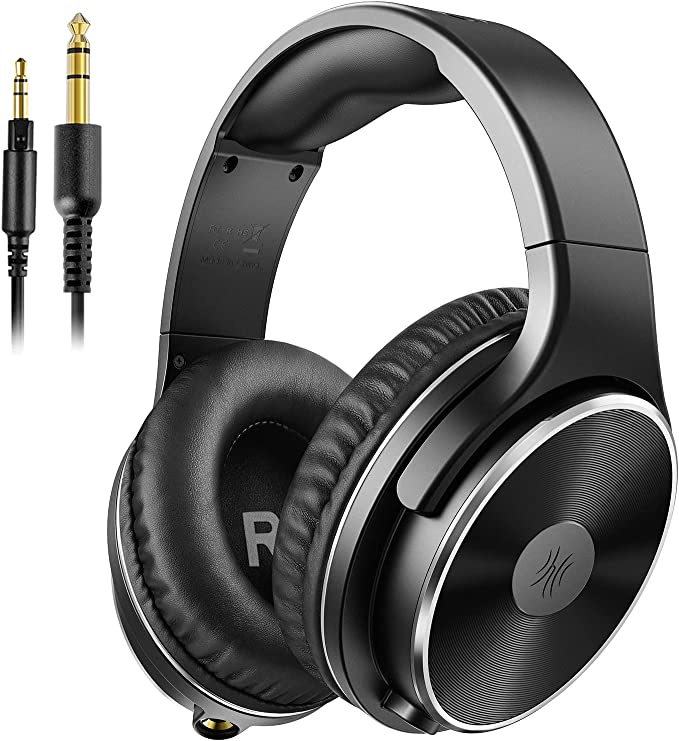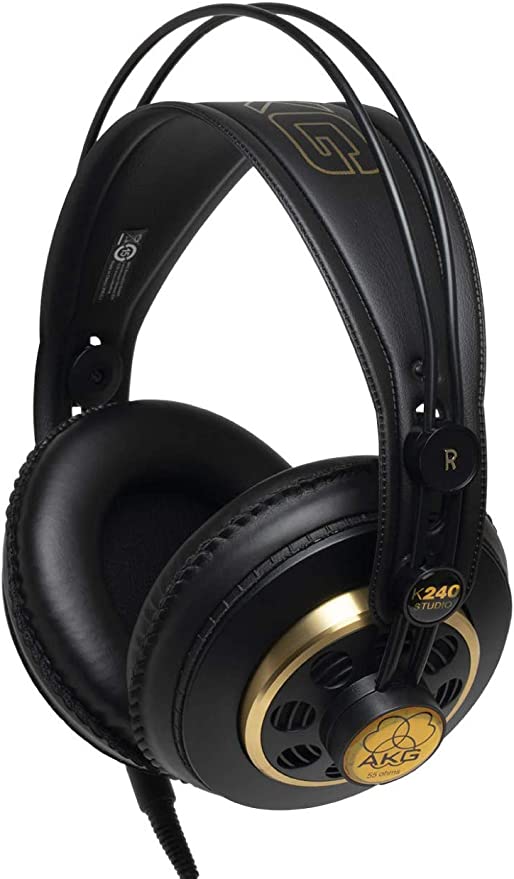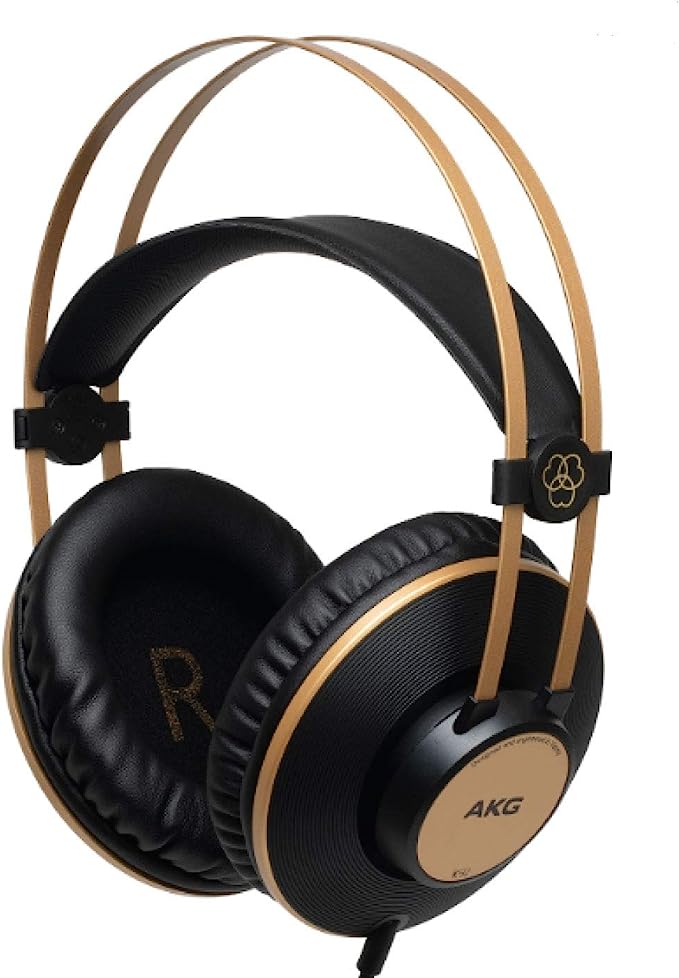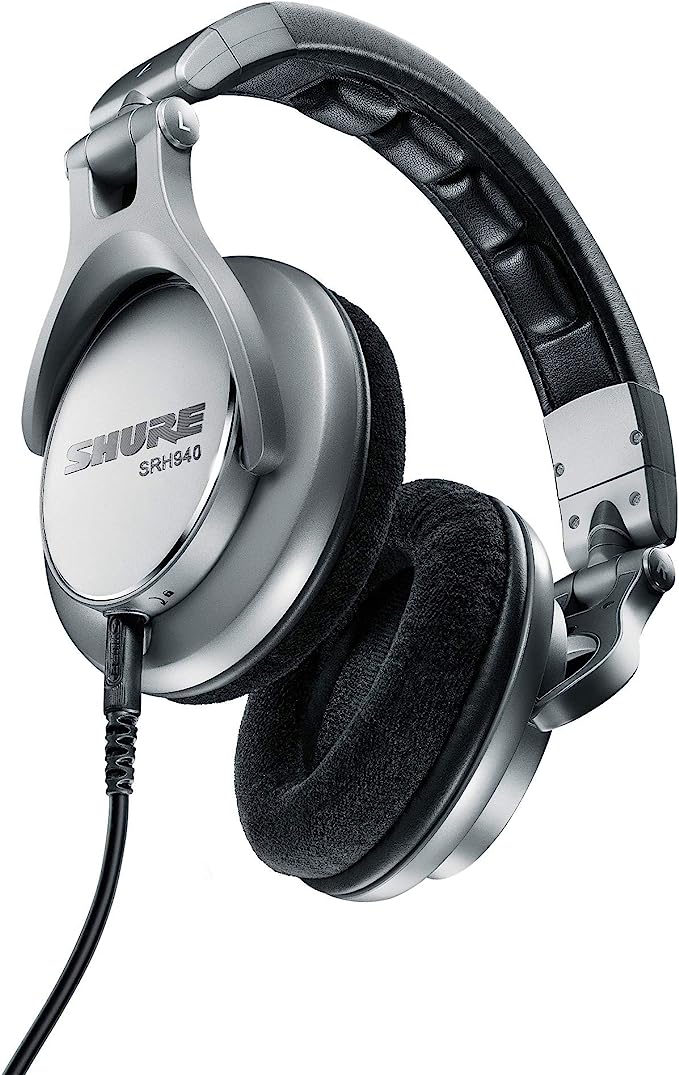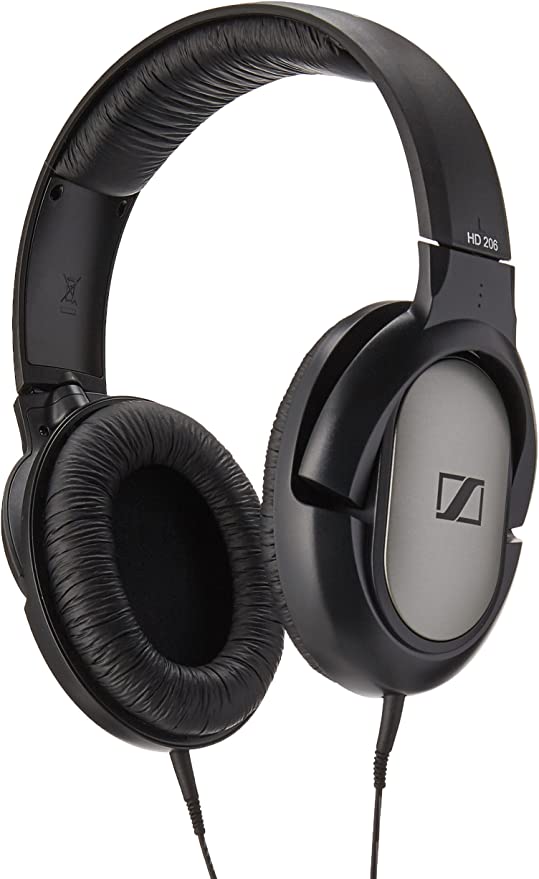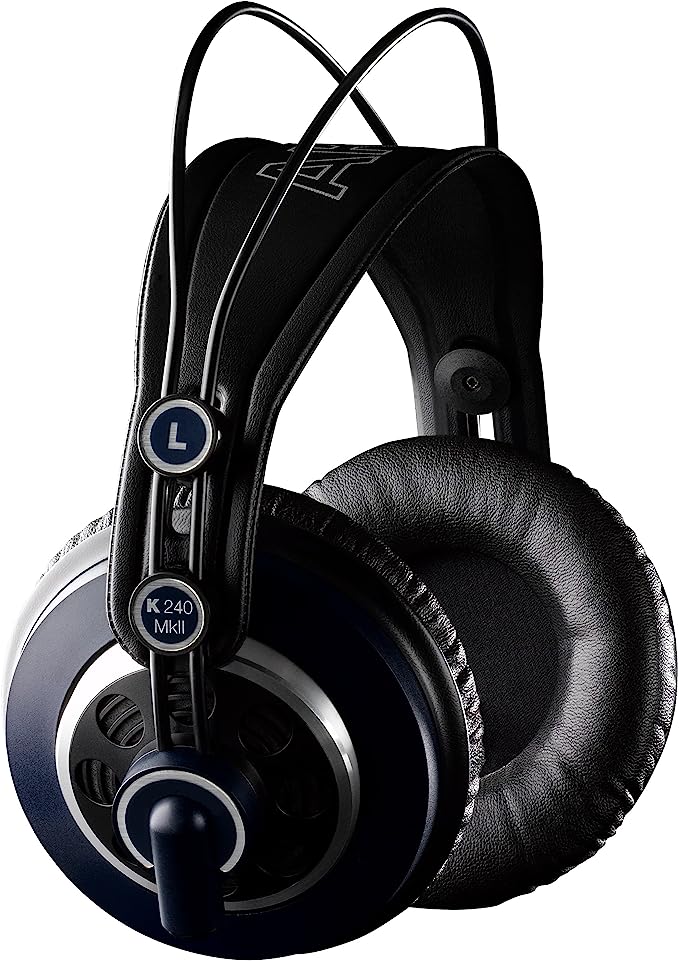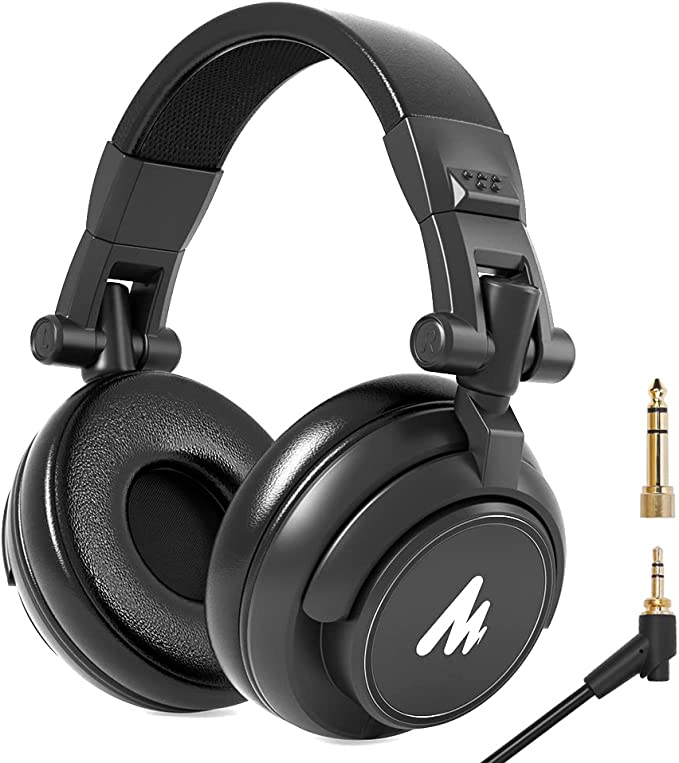Audio-Technica ATH-M40x Professional Studio Monitor Headphone - Recommended for Accurate Audio Monitoring
Update on July 2, 2025, 6:13 a.m.
It’s 2 AM. For the tenth time, you lean back, close your eyes, and listen. Inside your headphones, the track is immense—a universe of deep, resonant bass and shimmering, crisp highs. It feels finished, powerful, perfect. You export it, send it to your phone, and the magic vanishes. The bass that once shook your core is now a muddy puddle, the sparkling treble sounds thin and harsh, and the vocals you so carefully placed are lost. You’re left with a single, frustrating question that haunts every aspiring creator: why did my headphones lie to me?
This familiar crisis isn’t about a faulty file or a bad speaker; it’s a crisis of translation. Most consumer headphones are not designed to tell you the truth. They are designed to flatter, acting like a funhouse mirror that stretches and distorts reality to create a more “exciting” reflection. They are seasoned with their own sonic flavor before the sound ever reaches you. But for a creator, a chef, a painter, the first and most vital step is to know the true nature of your raw ingredients. You need an honest mirror. This is the story of finding one, and for many, that journey begins with a tool like the Audio-Technica ATH-M40x.

The Uncomfortable Gift of Clarity
Receiving a pair of proper studio monitor headphones for the first time can be a jarring experience. The immediate sensation is often one of underwhelming flatness. Where is the booming bass? Where is the ear-tickling sizzle? The sound can feel almost sterile, clinical, and even boring. This is the initial, uncomfortable shock of reality. Your ears, long accustomed to the hyper-saturated world of V-shaped sound signatures (boosted bass and treble), are suddenly presented with the unvarnished truth.
This is where a fascinating aspect of psychoacoustics, or the psychology of hearing, comes into play: auditory adaptation. Given time, your brain begins to recalibrate. The initial “flatness” slowly transforms into “clarity.” You start to hear things you never noticed before, but they aren’t new, exciting layers; they are imperfections. It’s the subtle hum from a guitar amp you forgot to gate, the faint smacking of lips before a vocal line, the way the bass guitar’s G note clashes muddily with the kick drum. The ATH-M40x doesn’t add anything to your music; it simply removes the lies, and in doing so, it hands you the blueprint to fix your creation. This is the uncomfortable, yet transformative, gift of clarity.

Anatomy of a Truth-Teller
This honesty isn’t magic; it’s a product of meticulous, purpose-driven engineering. Every component inside the ATH-M40x is chosen not for flair, but to serve the singular goal of accurate sound reproduction.
The Speed of a Drum Hit: More Than Just Bass and Treble
Often, we talk about headphones in terms of frequency response—how well they reproduce low, mid, and high tones. While the M40x is tuned to be incredibly neutral across the 15 Hz to 24,000 Hz spectrum, another, perhaps more critical, element is transient response. Think of it as the headphone’s reaction time. Can it perfectly trace the lightning-fast attack of a snare drum hit and then immediately stop, or does it blur into a dull thud?
This is where the 40mm drivers, with their copper-clad aluminum wire voice coils, come in. In the world of physics, creating a lightweight object that is also a highly efficient conductor is a significant challenge. By wrapping a lightweight aluminum core with a highly conductive copper skin, Audio-Technica engineers a voice coil that can move with blistering speed and precision. It doesn’t “overshoot” the signal or lag behind. The result is articulate, detailed sound. You don’t just hear the bass note; you hear the bassist’s finger plucking the string. You don’t just hear a cymbal; you hear the stick’s initial contact, the metallic shimmer, and its natural decay. This is the speed of truth.

A Canvas of Silence: The Physics of Isolation
To paint a detailed masterpiece, an artist needs a clean, quiet canvas. The same is true for sound. The ATH-M40x’s circumaural, or over-ear, closed-back design is a fundamental choice that creates this canvas. The earpads are designed to fully encircle your ears, creating a physical seal against the outside world. This is passive noise cancellation in its most fundamental form.
This isolation is crucial. It lowers the ambient noise floor, meaning you don’t have to crank up the volume to hear the subtle details in your mix—a practice that not only prevents hearing fatigue but also protects your long-term hearing health. In a home studio, which is rarely a perfectly silent, acoustically treated space, this feature is invaluable. It allows you to make critical mixing decisions based purely on what’s in your track, not on the hum of your computer or the traffic outside.
The Democratic Tool: Powering Honesty for Everyone
Historically, studio-grade equipment often came with a caveat: it needed other expensive, high-power equipment to function correctly. The ATH-M40x was engineered to break this barrier. With an electrical impedance of 35 ohms, it is exceptionally easy to drive. In simple terms, it doesn’t demand much power. This, combined with a high sensitivity of 98 dB, means you can plug it directly into your laptop, your audio interface, or even your phone and get a clean, loud, and accurate representation of your audio. It democratizes the process, putting a professional-grade reference tool into the hands of anyone with the passion to create.

The Creator’s Ritual: When a Tool Becomes a Partner
As you spend countless hours with a tool, its design features cease to be bullet points on a box and become integral parts of your creative flow. You’re tracking a guitar part and need to hear both the live instrument and the backing track; you intuitively use the 90-degree swiveling earcup to listen with one ear, the headphone’s “floppy” nature suddenly revealing itself as a deliberate, useful feature.
You’re moving around your workspace, and the coiled cable stretches and retracts, keeping itself neatly out of your way. One day, you stand up too quickly and the cable snags on your chair, pulling taut. Instead of a catastrophic break, the detachable cable simply pops out from the earcup. You plug it back in and continue working, a small disaster averted by thoughtful design. It’s in these moments that the ATH-M40x transcends its identity as a piece of hardware and becomes a reliable, resilient partner in your creative ritual. It’s a tool built with an understanding of the chaotic, imperfect, and demanding reality of the creative process.
Embracing the Mirror’s Reflection
The journey with a headphone like the ATH-M40x is a lesson in listening. It teaches you that “good” sound isn’t about booming bass or exaggerated sparkle, but about balance, detail, and honesty. It forces you to become a better creator by refusing to hide your mistakes. You learn to fix the muddy bass in the mix itself, rather than relying on a headphone to artificially boost it.
While a perfectly flat frequency response is the North Star for a monitor, the ultimate goal is to create music that resonates emotionally and translates beautifully on any system—from a car stereo to cheap earbuds. The honest mirror of the ATH-M40x doesn’t show you the final destination; it gives you the most accurate map to get there. It is a starting point, a reference, a tool of profound educational value. It asks you to put aside the desire for flattering lies and instead find the beauty in the unvarnished truth of your own creation. And so, the real question isn’t whether this is the “best” headphone, but rather, are you ready to take a long, honest look in the mirror?
